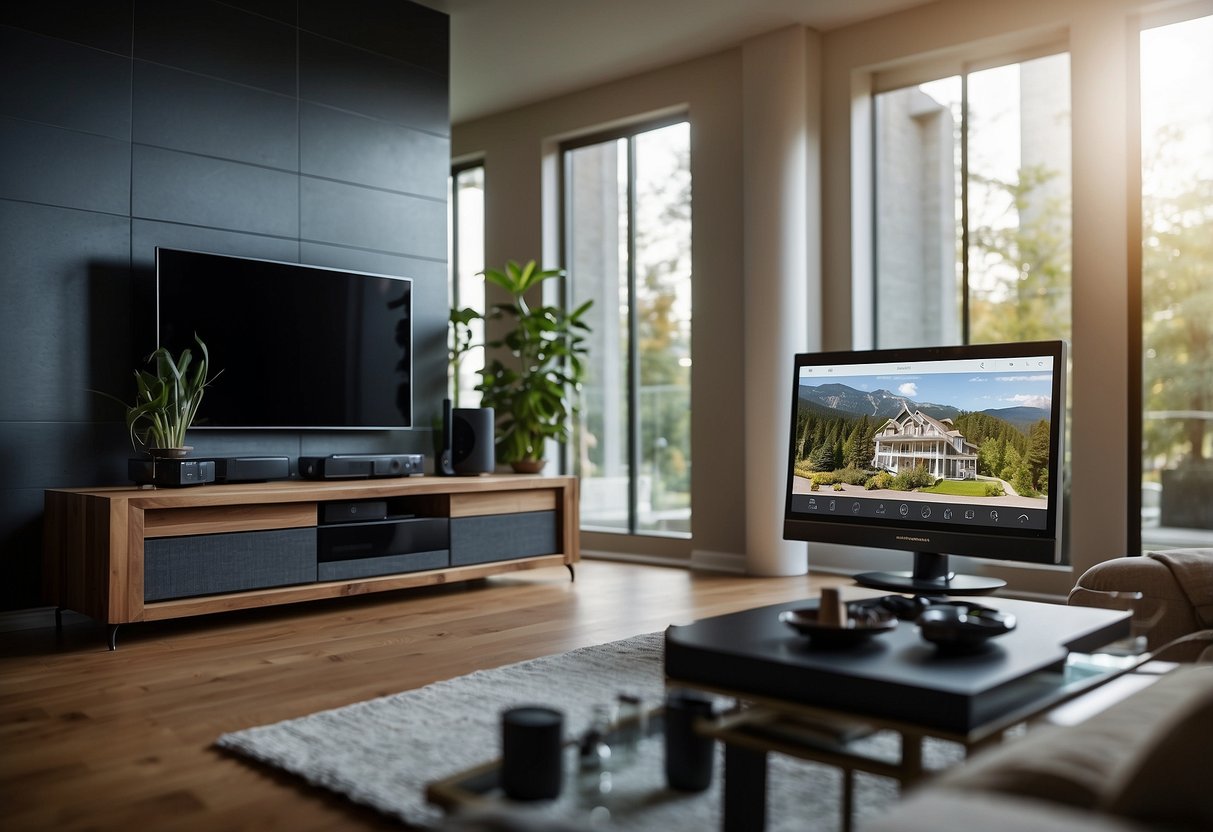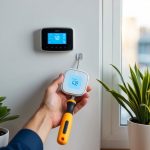Top 5 DIY Home Security Systems: Expert Reviews and Easy Installation Tips
Integrating with Smart Home Technology

Integrating a DIY home security system with smart home technology can elevate the user experience, enhance security measures, and offer added convenience. Applying smart home tech and voice assistants ensures seamless operation of security devices.
Smart Home Devices and IoT
Smart home devices, including smart locks, cameras, and sensors, utilize Internet of Things (IoT) technology to interconnect various home functions. These devices communicate over protocols like Z-Wave, Zigbee, or Wi-Fi, allowing users to operate them from centralized applications.
Integration with IoT enables real-time alerts and data analytics to improve security. Users benefit from automated routines, such as locking doors or setting alarms based on activity detected by other connected devices. This interconnectivity helps create a more responsive and adaptive home security environment.
Compatibility with Voice Assistants
DIY home security systems often support integration with popular voice assistants like Amazon Alexa and Google Assistant. This integration allows users to control their security systems using voice commands, making the system more accessible and easy to manage.
For example, users can arm or disarm the alarm, view camera feeds, or check the status of various sensors through simple voice prompts. Voice assistant compatibility also ties in with other smart devices, enabling comprehensive control over the entire home ecosystem through a unified interface.
Advantages of Smart Home Integration
Integrating smart home technology with DIY security systems offers increased convenience, enhanced security, and improved control. Users can remotely monitor and manage home security via mobile apps or smart displays, ensuring they stay informed and in control, even when away from home.
Furthermore, integration adds layers of automations, such as reminders to lock doors or turn on lights, contributing significantly to crime deterrence. The synergy between smart home devices and security systems creates a seamless, efficient, and robust home environment tailored to the user’s needs.
Wireless Versus Hardwired Systems
The debate between wireless and hardwired systems is crucial when choosing a DIY home security solution. Key factors include connectivity, reliability, and ease of installation.
Pros and Cons of Wireless Connectivity
Wireless systems offer a range of benefits. Installation is typically straightforward, with no need for drilling or running cables through walls. This makes them highly suitable for renters or those who may move frequently. Wireless systems often use Wi-Fi and can be controlled via smartphone apps, adding convenience and real-time monitoring options.
However, dependence on Wi-Fi means that network issues can impact performance. If the Wi-Fi signal is weak or the network goes down, connectivity problems may arise. Battery life of wireless devices is another consideration; periodic recharging or replacement is necessary. Despite these drawbacks, wireless systems continue to grow in popularity due to their flexibility and ease of use.
The Reliability of Hardwired Solutions
Hardwired systems are known for their reliability and consistent performance. Because they do not rely on Wi-Fi, they are not subject to the same connectivity issues that wireless systems encounter. Hardwired systems typically integrate well with home electrical systems, meaning they are less prone to interference from other devices.
One significant advantage is the absence of battery dependence, reducing the need for maintenance. While installation can be more labor-intensive and often requires professional assistance, this investment leads to a robust security setup. For those prioritizing stability and longevity, hardwired systems present a strong case.
By weighing the pros and cons, individuals can choose a system that best meets their security needs and suits their living situation.



